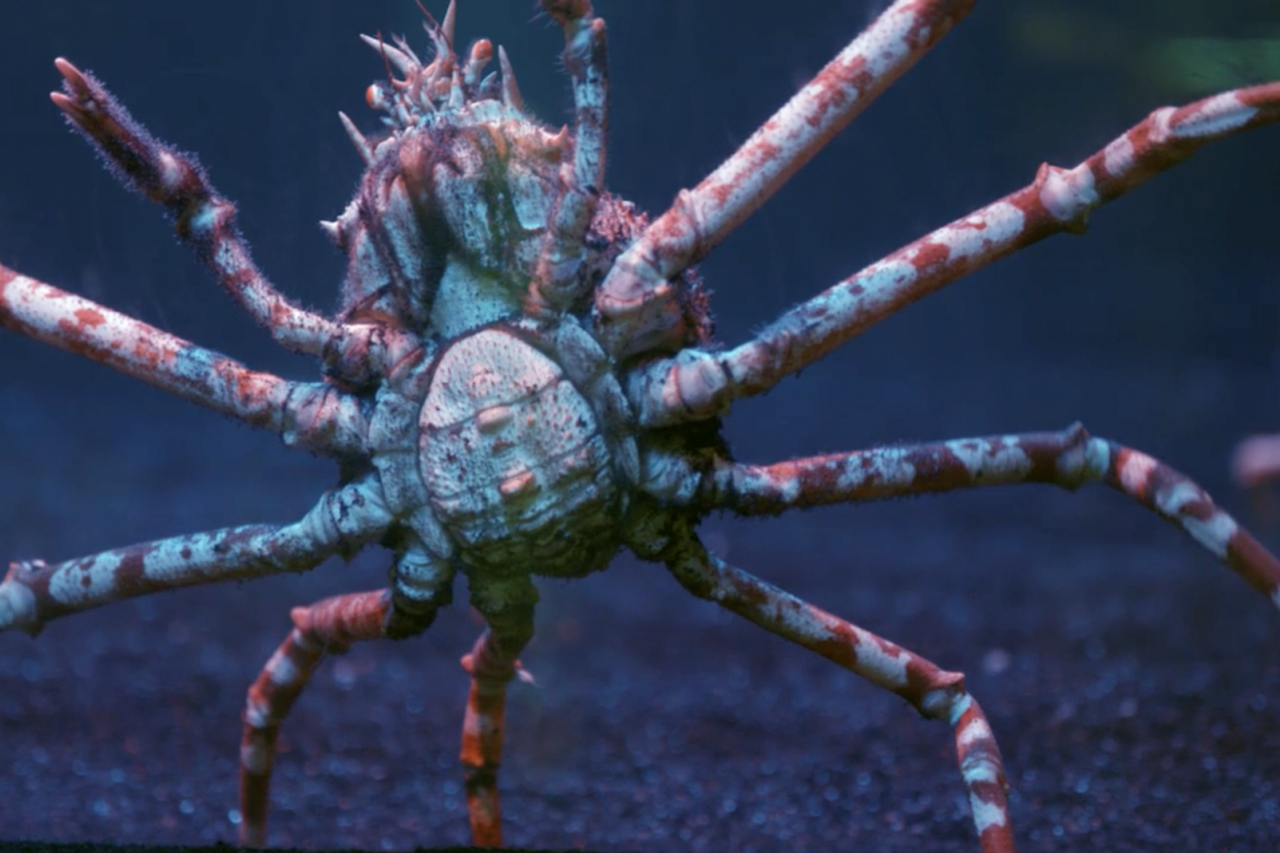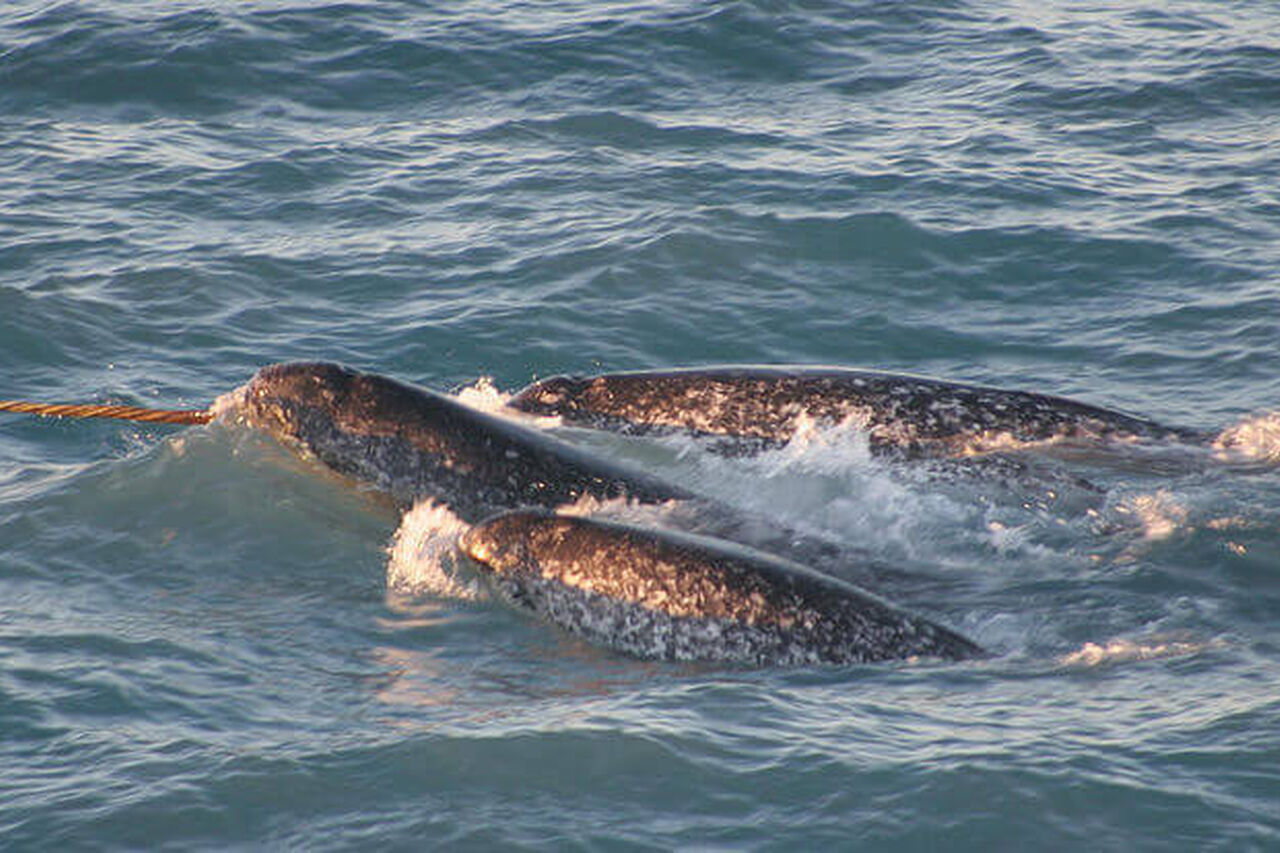Things can get pretty weird in the sea … and we love it! We are extremely proud to present to you, for your visual and mental pleasure, the Two Oceans Aquarium’s believe-it-or-not, hand-picked, A to Z of weird ocean creatures!

Remember - take the Marine Masterminds quiz at the end of this blog to add your name to the leaderboard.
A is for Abalone
Abalone, or perlemoen as we South Africans call them, are huge sea snails with tons of hidden weapons. They have no brains, but their decentralised nervous system allows them to use thousands of sensors to detect predators and plan escape routes.


B is for Boobies
Blue-footed boobies (Sula nebouxi) are found on islands in the Pacific, where they hunt schooling fish, such as sardines. Why do these weird ocean creatures have blue feet? Males need to wave their feet about in a special mating dance to attract a female.

C is for Christmas Tree Worms
Christmas tree worms (Spirobranchus giganteus) are polychaetes (like earthworms) that build tubes into massive tropical corals. The worms' bodies stay completely hidden, and they stick out their two "crowns" into the water to breathe and filter food particles.

D is for Dugongs
Dugongs are unique ocean mammals, closely related to manatees. They inhabit the east coast of Africa as well as the Indo-Pacific island coasts. They are shy nomads, and although they are omnivores, they typically graze on seagrass in secluded areas. A 5 000-year-old cave painting in Malaysia shows a dugong, making it the most ancient sea mammal known to be hunted by humans.

E is for Enypniastes
Enypniastes are certainly the definition of "weird ocean creatures". Theymay look like jellyfish, but they are actually free-swimming deep-sea sea cucumbers! Nicknamed the "headless chicken monster" they are rarely seen, but inhabit all oceans. They live on the sea floor where they filter the sediment but can swim over a kilometre upwards to catch a ride in the current to a new area.

F is for Fathead sculpins
You might know fatheads as "blobfish" - one of the "classic" weird ocean creatures. Despite their usual portrayal as a sack of fat, these fish are active predators in the deep waters of Australia where they feed on snails and shellfish.

G is for Geoducks
Pacific geoducks (Panopea generosa) are large clams that are weird because they look... well... phallic. They are the largest species of clam in the world, and can burrow to depths of over a metre, with only the long siphon protruding. They are also the longest living clam species - known to live up to 170 years!

H is for Hooded Seals
Hooded seals (Cystophora cristata) are large spotty seals found in the cold waters of the northern Atlantic Ocean. They have truly unique noses - males have a sac that inflates and deflates as they breathe and which they can vibrate to communicate underwater. When mating season comes around, they can inflate the inside of their left nostril to a large red balloon - apparently, females find this irresistible!
I is for Isopods
Giant isopods can grow to over 30cm, far larger than woodlice - the isopods you might be most familiar with! They are benthic scavengers, but living at depths of up to 2 kilometres they take whatever food comes their way - even attacking passing sharks! They have even invaded Cape Town's V&A Waterfront!
J is for Japanese Spider Crabs
These giant spider crabs (Machrocheira kaempferi) are not only the largest crustaceans alive today, they are also the largest crabs THAT HAVE EVER LIVED! But you don’t have to go to Japan to see these weird ocean creatures … come and have a look right here at the Two Oceans Aquarium!

K is for Krill
Krill is the common name for the multitude of tiny crustaceans in the family Euphausiacea that are common in all the oceans of the world. One species alone, Antarctic krill, is estimated to have more than 700 trillion individuals, weighing 380 billion tonnes, more than any other wild animal!

L is for Leafy Seadragons
Leafy seadragons (Phycodurus eques) are close relatives of pipefish and seahorses that inhabit the cool coasts of Australia. Their weird, leafy appendages allow them to camouflage themselves in outcrops of seaweed where they can ambush their prey - sucking up small crustaceans.

M is for Megamouth Sharks
Megamouth sharks (Megachasma pelagios) are the smallest and rarest filter feeding shark. They are found in most of the world's deep oceans, where they use bioluminescent bacteria growing in fat deposits in their lips to lure zooplankton into their open mouths.
N is for Narwhals
Narwhals (Monodon monoceros) may look like the lovechild of a unicorn and a whale, but they are closely related to dolphins. Their "tusks" are actually long canine teeth that grows= out through their lips. They are covered in millions of nerves that measure information about their surrounding waters, and used to stun fish.

O is for Otters
Cape clawless otters (Aonyx capensis) are "technically" freshwater, land animals inhabiting rivers and wetlands throughout sub-Saharan Africa. Those of us living near False Bay know the truth though, these otters regularly head out into the ocean when given the chance, catching a bounty of mullet and shellfish. Weirdos.
P is for Physonect Siphonophores
Another candidate for the ultimate weird ocean creature! "Physonect" means "a colony of animals on a string", and siphonophores are specialised jellyfish. These colonies of tiny animals called zooids are complex, some take up the task of inflating so the colony can float, some catch food and others digest it for the colony to share.

Q is for Queriman Sharks
Also known as sandbar sharks, Carcharhinus plumbeus have never been known to attack a human, even though they are common on most coasts. What's so special about them? They have abnormally huge dorsal fins - which apparently serve no purpose other than to get them listed on various websites filled with odd animals.

R is for Red Handfish
These handfish (Thymichthys politus) are an incredibly rare anglerfish from the waters of Tasmania (in fact, it might be the world's rarest fish). Why are they weird? They can't swim! They waddle into an ambush position, then use flaps of skin on their faces to lure prey close to their mouths.
S is for Scaleless Dragonfish
These dragonfish are members of the family Stomiidae, living at depths of up to 5km! No light reaches these depths, which is probably a good thing because they are terrifying to behold! They have a special trick too - most deep-sea fish that have bioluminescence can only make blue lights, but dragonfish can make and see red light too.
T is for Tardigrades
Ok, we cheated a bit here. Tardigrades aren't "technically" ocean creatures, but they definitely are weird! They also live on land. And in freshwater. And on Mount Everest... and also they also live in space. These tiny "water bears" are essentially invincible and can live ANYWHERE - they can even come back from the dead!.
U is for Unicorn Crestfish
Unicorn crestfish (Eumecichthys fiski) are very rare deepwater fish first discovered off Kalk Bay, South Africa (we love our homegrown weird ocean creatures). Why are they weird? They are one of the only known bony fish to possess ink sacks that can be used to spray would-be predators.

V is for Vampire Squids
Vampire squids are living fossils - a combination of a squid and an octopus. They inhabit extreme depths, using their "umbrellas" to eat debris and capture jellyfish, salps and other gelatinous prey. They do not suck blood, but their scientific name Vampyroteuthis infernalis means "the vampiric squid from hell."
W is for Wobbegongs
Wobbegongs are a group of carpet sharks from the tropical regions of the Pacific and Indian Ocean. Their name means "shaggy beard", because of their tassels which make them the ultimate masters of camouflage among sharks.
X is for Xiphosura
Horseshoe crabs, of the family Xiphosura, are living fossils first swimming the oceans more than 450 million years ago (before life on land evolved). They are not actually crabs - their closest relatives are spiders! The weirdest thing about them is their blood - it's baby blue! And has some surprising biomedical uses...

Y is for Yeti Crabs
Kiwa hirsuta crabs live in the deep Pacific Ocean near hydrothermal vents. Why so hairy? Their golden hairs are filled with bacteria that filter the hydrothermal vent's toxins out of the water, keeping the crabs healthy. They are literally farming their own water filters!
Z is for Zoanthids
Zoanthids are beautiful, colourful animals closely related to jellyfish that are abundant throughout the world's coral reefs. Why are they weird? They are actually not a single animal, but a colony of anemone-like critters that form unique shapes depending on their species. They never need to eat (bacteria in their tentacles make all their food for them) and there is also no sexy-time for zoanthids (members of a colony are mostly clones).
Bonus weird ocean creature...
To end off, we thought we'd share one of our favourite ocean wonders - one that is fascinating because it is 15 different weird ocean animals in one...
Related News
Sign up to our Newsletter
Receive monthly news, online courses and conservation programmes.





